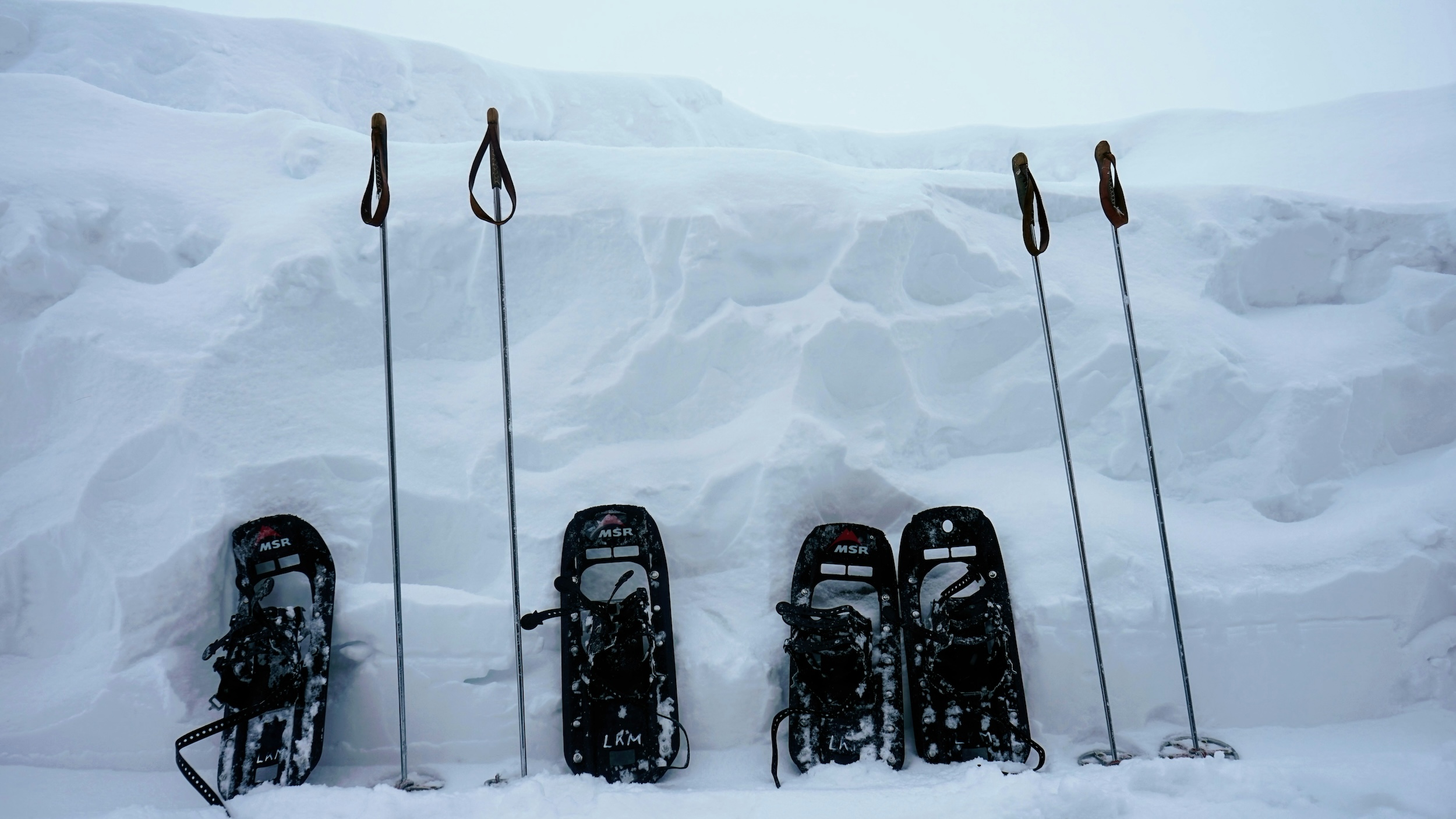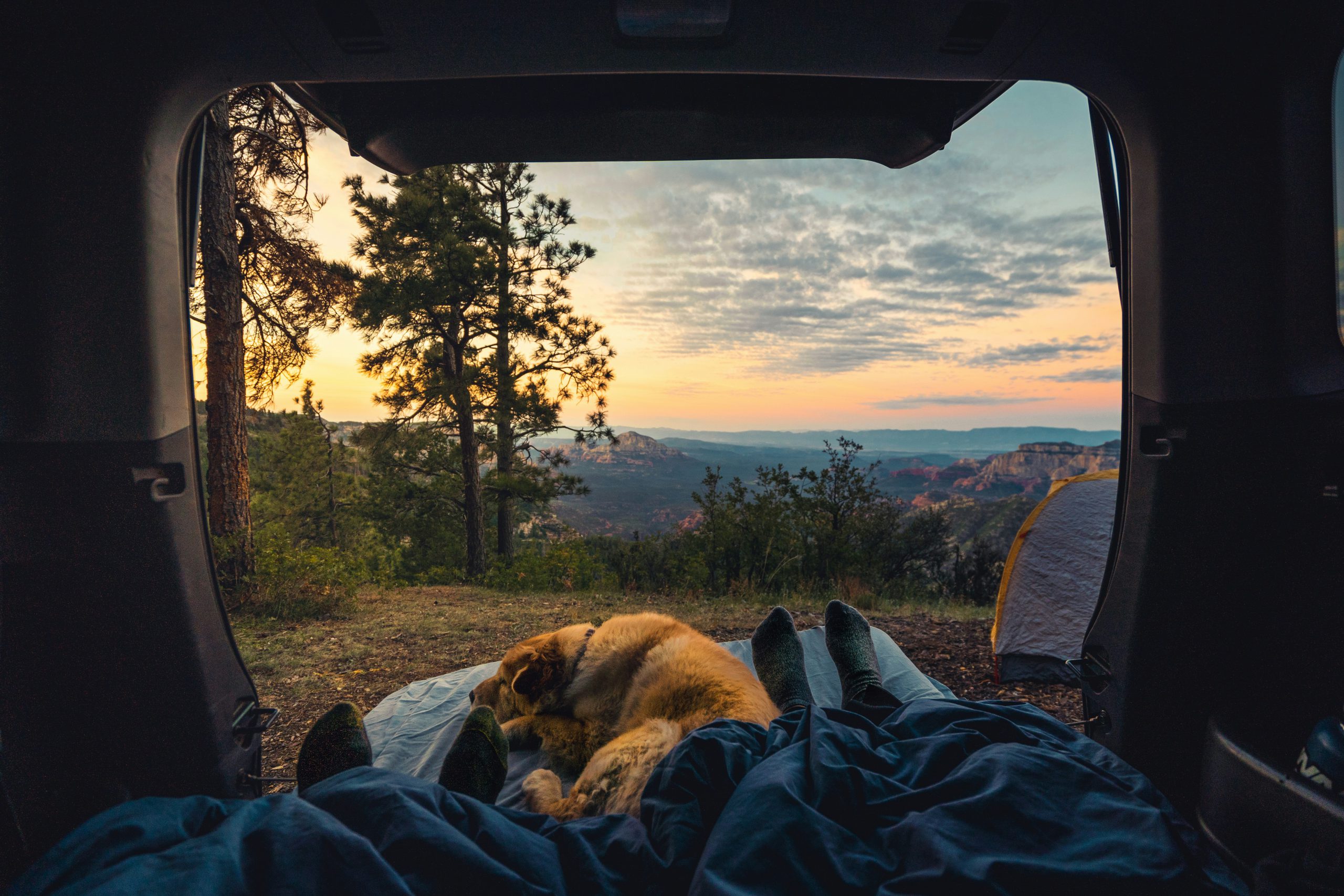Backpacking is a really exciting experience for a lot of kids. For children with Autism Spectrum Disorder (ASD), it can be fraught with anxiety, as it involves multiple changes in routine, unfamiliar environment, and a significant amount of sensory overload.
When my daughter, who hadn’t yet been diagnosed with ASD, joined me on a hike to Maine’s Cutler Coast, she found camping at a spot overlooking the ocean to be awful, as scenic as it was. As it turned out, the constant noise of the surf was simply too much for her. Creekside or noisy riverside campsites similarly work on her nerves. The tranquil waters along the East Branch Penobscot River, on the other hand, do not pose a problem. The silence of winter camping is especially attractive to her.
We’ll delve into the ways we can make a backpacking trip successful for your ASD child. Your mileage may vary, of course, but we’ll start with what tips we anecdotally know work.
Before the Trip
First, let’s say this: I am accustomed to seat-of-your pants, throw a bag in the back of the car and go style trips.
This does not work with my child. She requires at least a week’s lead time. My older, adult child was flexible, able to pop in the car and head from our home in Pennsylvania to a nearby Appalachian Trail entry point, to Shenandoah National Park, Assateague, or even the Adirondacks with little notice. We did it all, and I was spoiled by her agility.
On the other hand, the more meticulous planning I have to put in for my youngest child often yields a less tumultuous trip. A late May excursion in the High Peaks that we were ill-prepared for was just another thing for my older kid. We adapted and overcame. My younger child found getting her feet wet on a beaver dam traversal along the International Appalachian Trail in Maine to be completely debilitating, even though she crossed a wide river just a half hour prior.
Informed by these experiences, this is what works for us.
Create a Narrative
In the days and weeks leading to your excursion, create a narrative—with pictures or with words—that captures the start-to-finish elements of your backpacking trip. Where you park, what time you’ll arrive, how far you’ll hike to camp, what the campsite will be like. Make note of the sensory experiences they’ll find, like a noisy river, windy conditions at the top of a mountain, muddy water seeping into their shoes. What will we do in the event of a downpour? Or a thunderstorm? Go over this narrative with them often before your trip starts.
Predictability for a child with autism is imperative. We go through this day to day just in school. It doesn’t end just because we deem an activity to be recreational.
Put it on the Calendar
We don’t actually have a calendar in our household, but daily reminders, in conjunction with going over your narrative, present your backpacking trip in a concrete way. We do have a chalkboard in our living room which my wife assiduously puts the daily school “special” (like music, art, gym, etc.) which helps our kid visualize the looming change in routine.
Do Not Wash Comfort Items
In our household, it’s “Pink Blankie.” If you note the picture from our most recent winter excursion, Pink Blankie™ is clutched even during the hike through oodles of snow.

This little thing is often of such comfort to our precious little girl. There are times when it smells absolutely terrible, but knowing what it does for her makes it easy for us to fight for the watery eyes it induces.
Extensively Plan Meals and Snacks Ahead of Time
In an age when people really emphasize ultra-light backpacking, when I go with my daughter, my pack is assured to be heavy. The largest reason for this is that her favorite camping meal is condensed tomato soup from a can. It is the only thing I can be certain she will eat. Some children (not mine) like things like gummies because they like oral stimulation. She’ll nosh on Goldfish. Yes, I know they are not hechshered, but the whales are not something she’ll eat.

On the Trip
Let a Weary Kid Take Breaks at a Predictable Interval
It’s so important for your child to know when a rest break, especially one involving a pre-determined snack, is going to take place. Let them know it’s coming at time. “We’ve been walking for twenty minutes since our last break, we will break again in ten minutes,” with a similar warning again in five minutes.
The break can be timed, too. It’s important to set expectations at all points.
Audio/Video Device with Noise Cancelling Headphones
Some children without autism struggle with sleeping in the woods. My child does best with her iPad, which yes, we schlepped, and a few familiar films downloaded to Disney+ or Netflix for watching. This lets them block out the crickets, the beaver activity, the hail against your rainfly, or rumbling thunder.
Recount Exciting Parts of Your Adventure and their Bravery
One of the things I do in the age of these electronic devices that are so ubiquitous is give my child the space and time to recount their key achievements on the trail. On a trip this past summer to Katahdin Woods and Waters, our hike began with a crossing of Wassataquoik Stream. This is a day ending in “Y” for most backpackers, but for my wee child, it was The Most Exciting Thing Ever. So I recorded her reaction to her achievement after we made it across. This will always be one of my cherished memories, too.
Don’t Refuse to Bail
The most important thing is your own flexibility with regards to your plans. It’s very easy for any child’s willingness to go on these excursions to take a beating if things go sideways. It’s that much more debilitating for children who have no out from sensory overload and other experiences. For my daughter, one trip where her feet were wet for a little longer than she expected threw a wrench in her ability to enjoy herself. I committed to turning around after only one night on a multi-day excursion.
Your child’s well-being comes before your trip, and the reality is, children (and adults) with autism deserve just as much as anyone else to be able to enjoy our wilderness. With a little bit of consideration, you can enrich your children’s lives with the great outdoors.

Last modified: January 29, 2024




